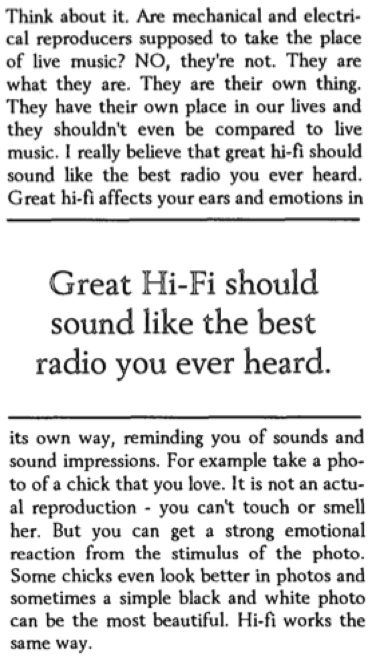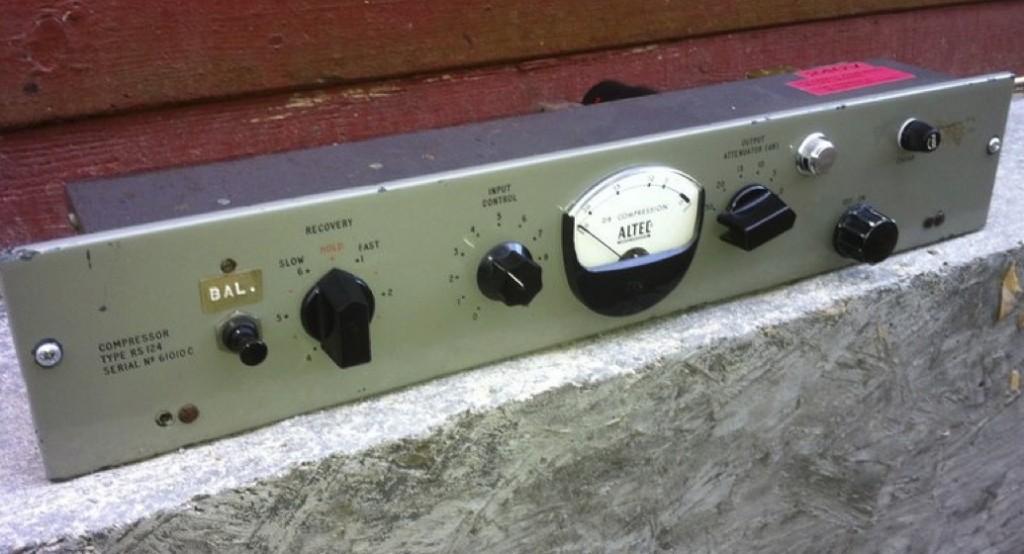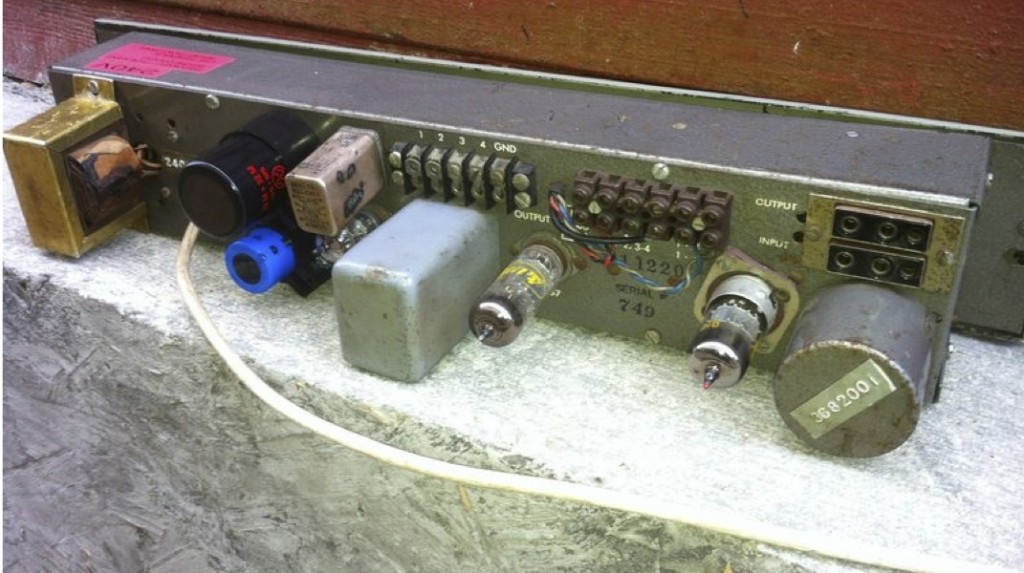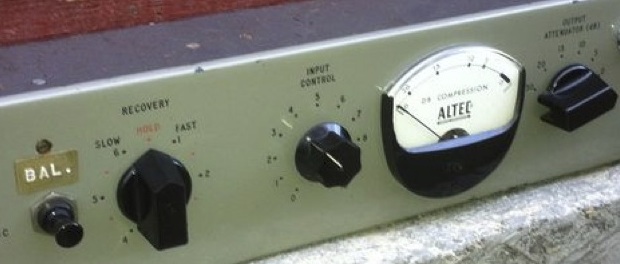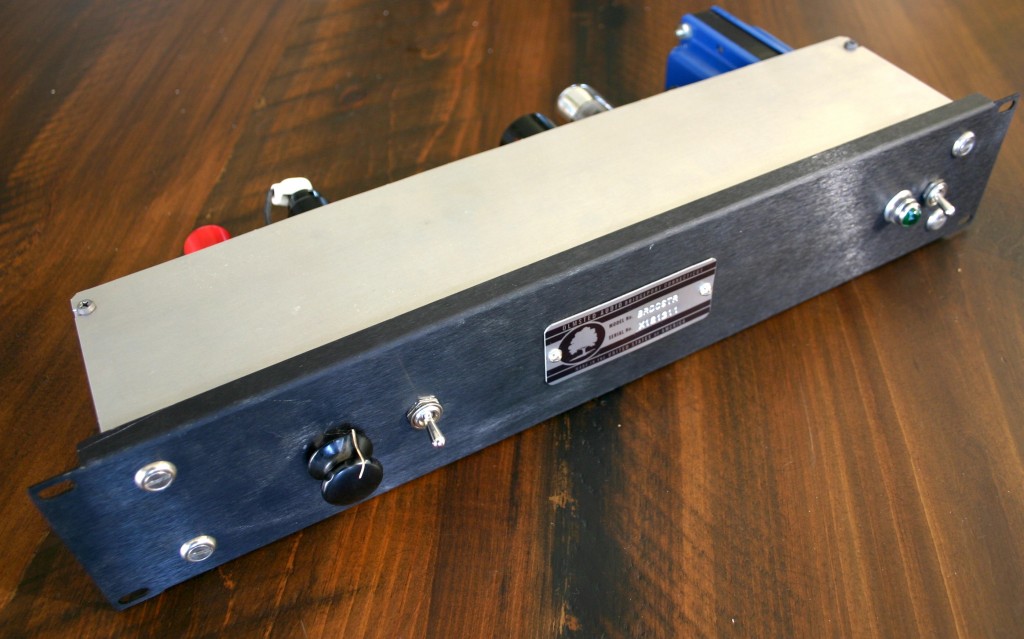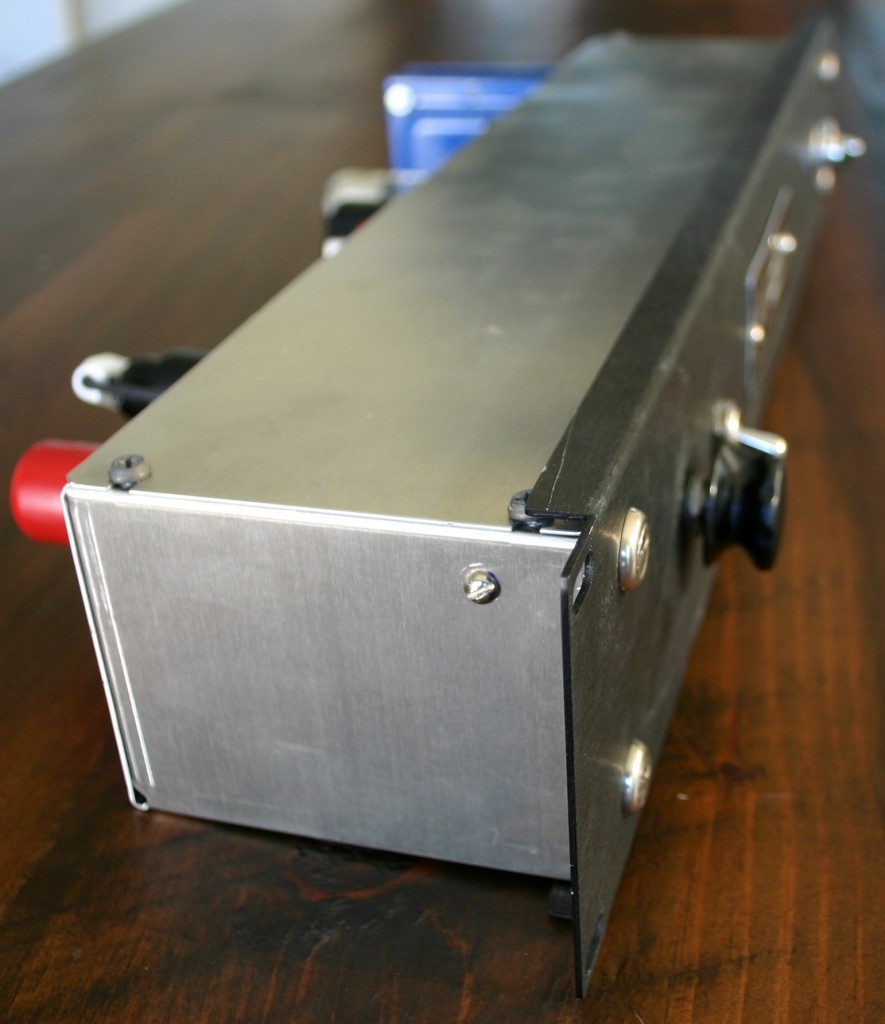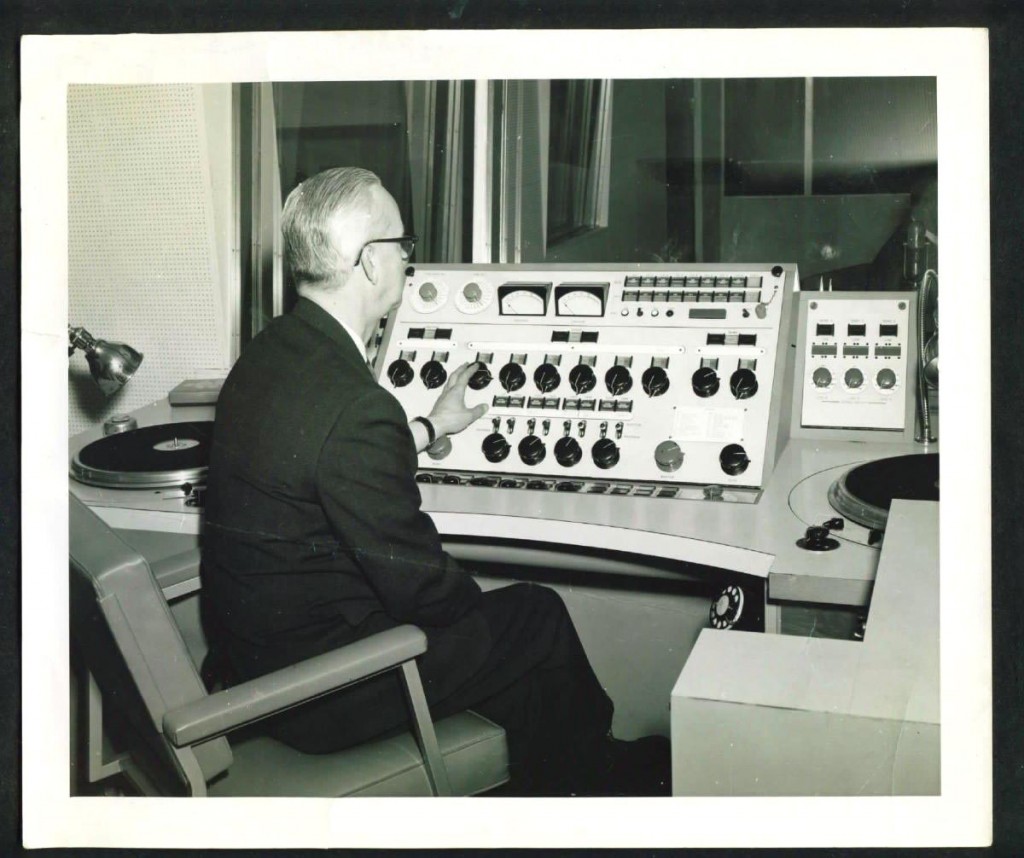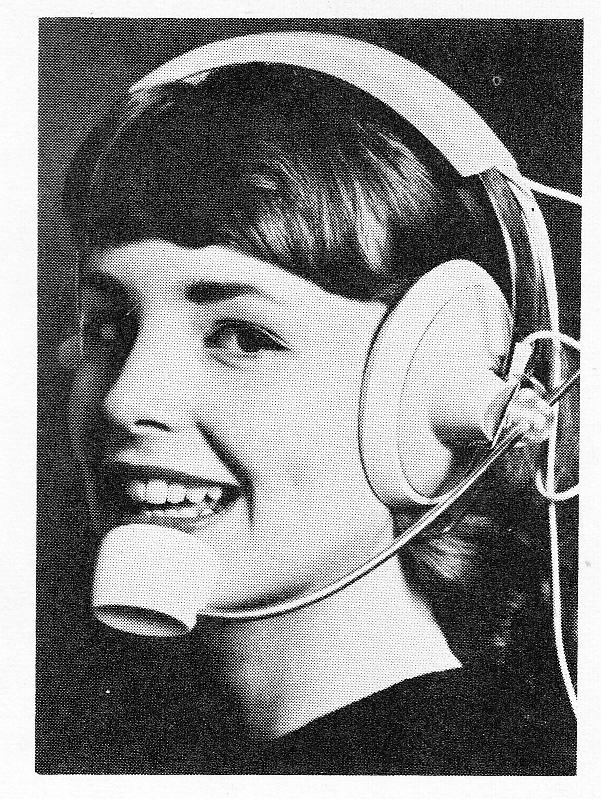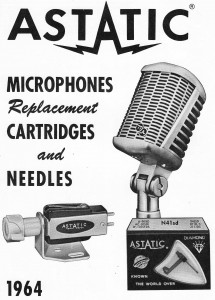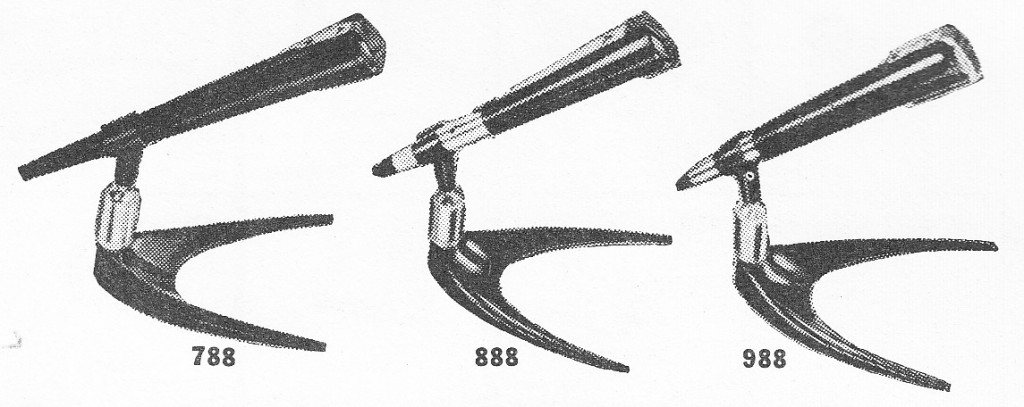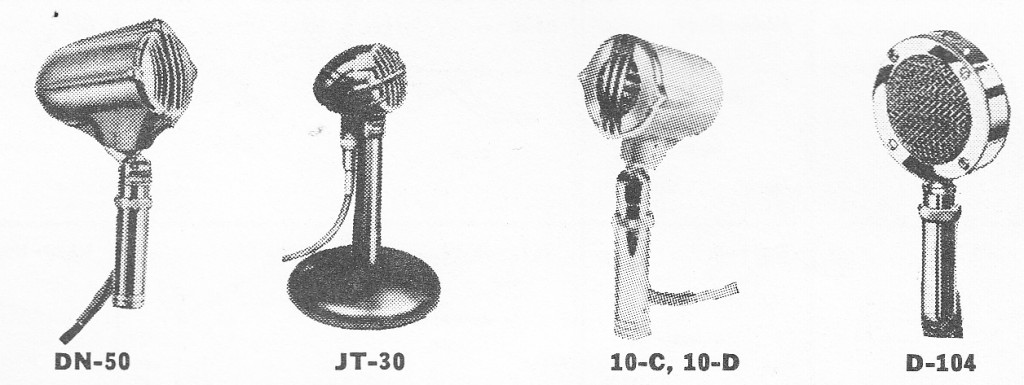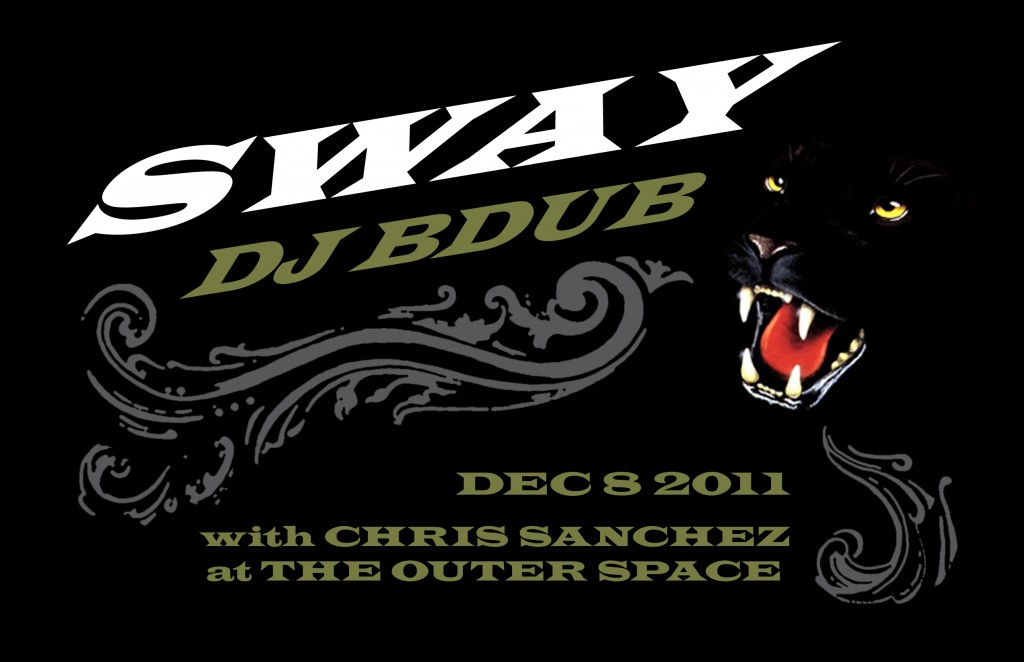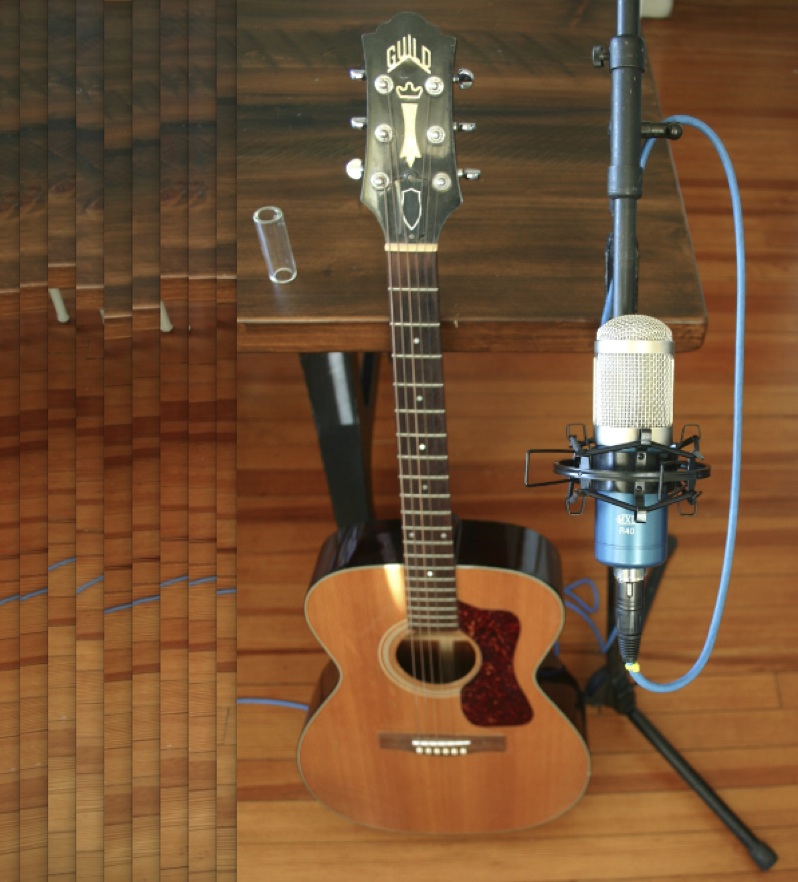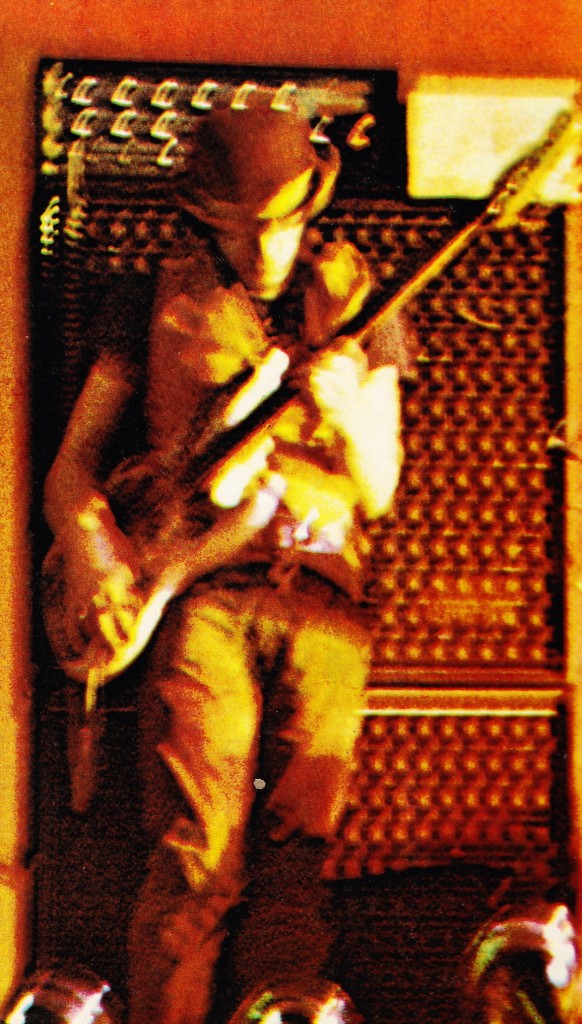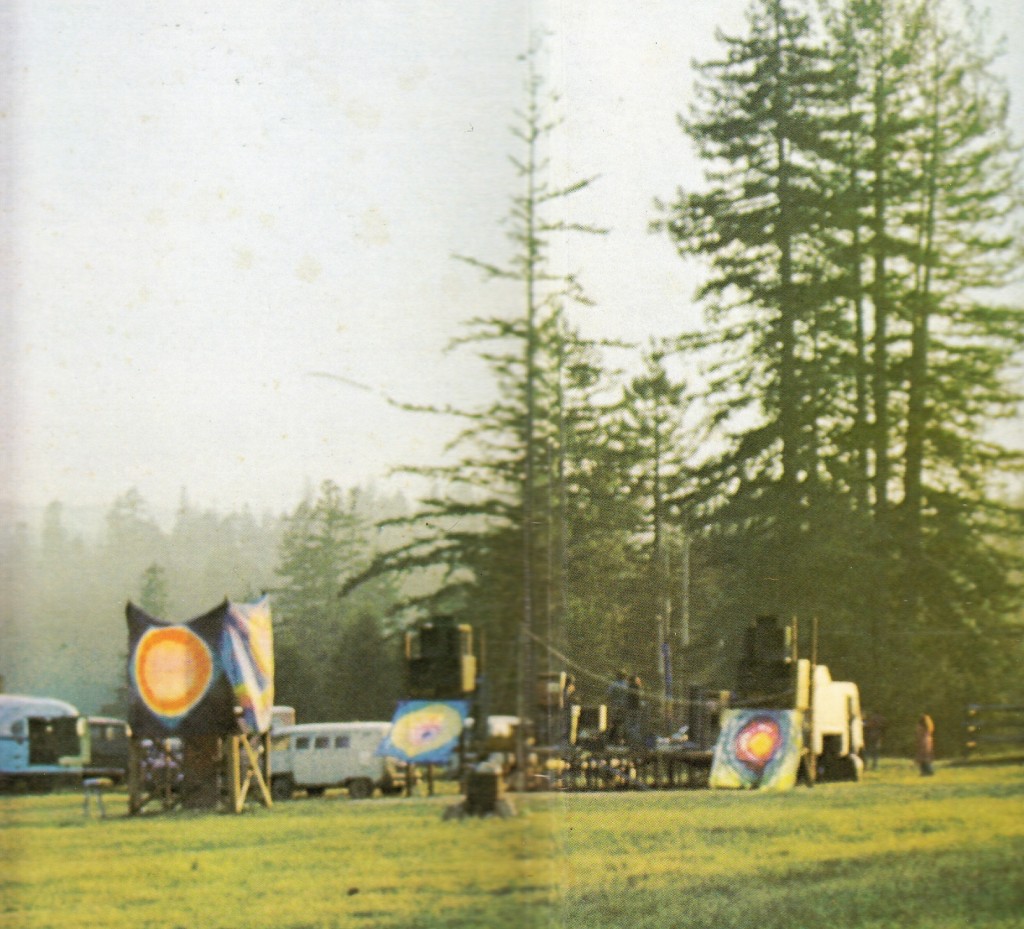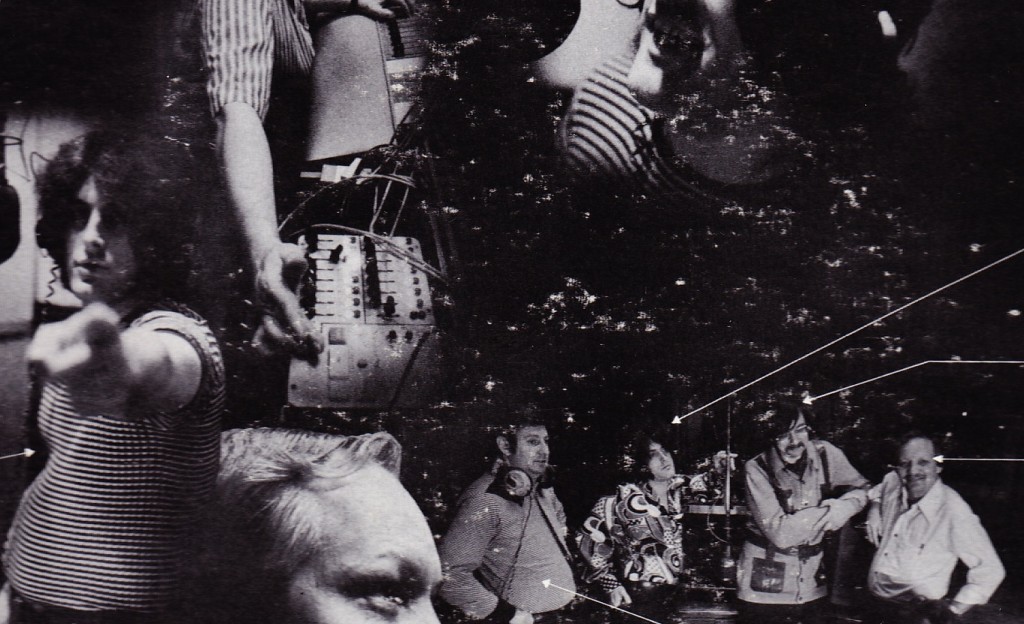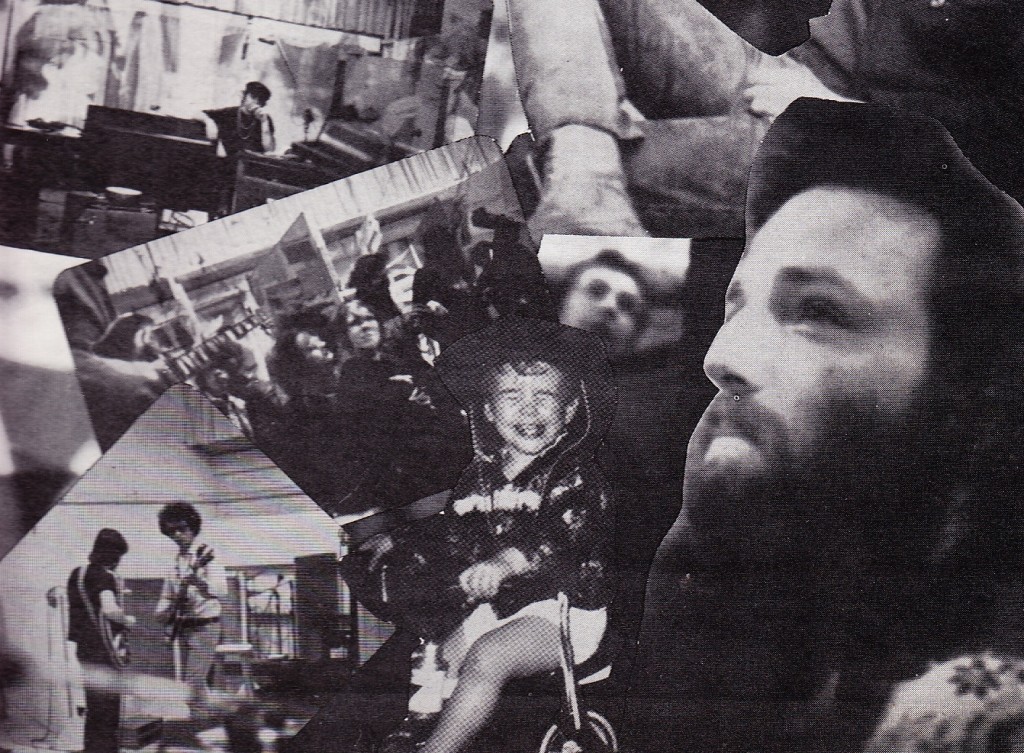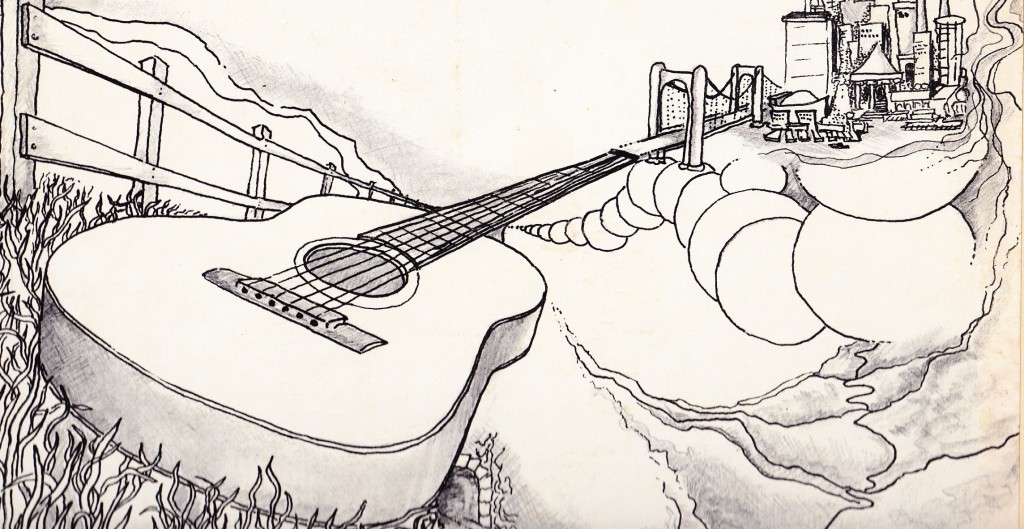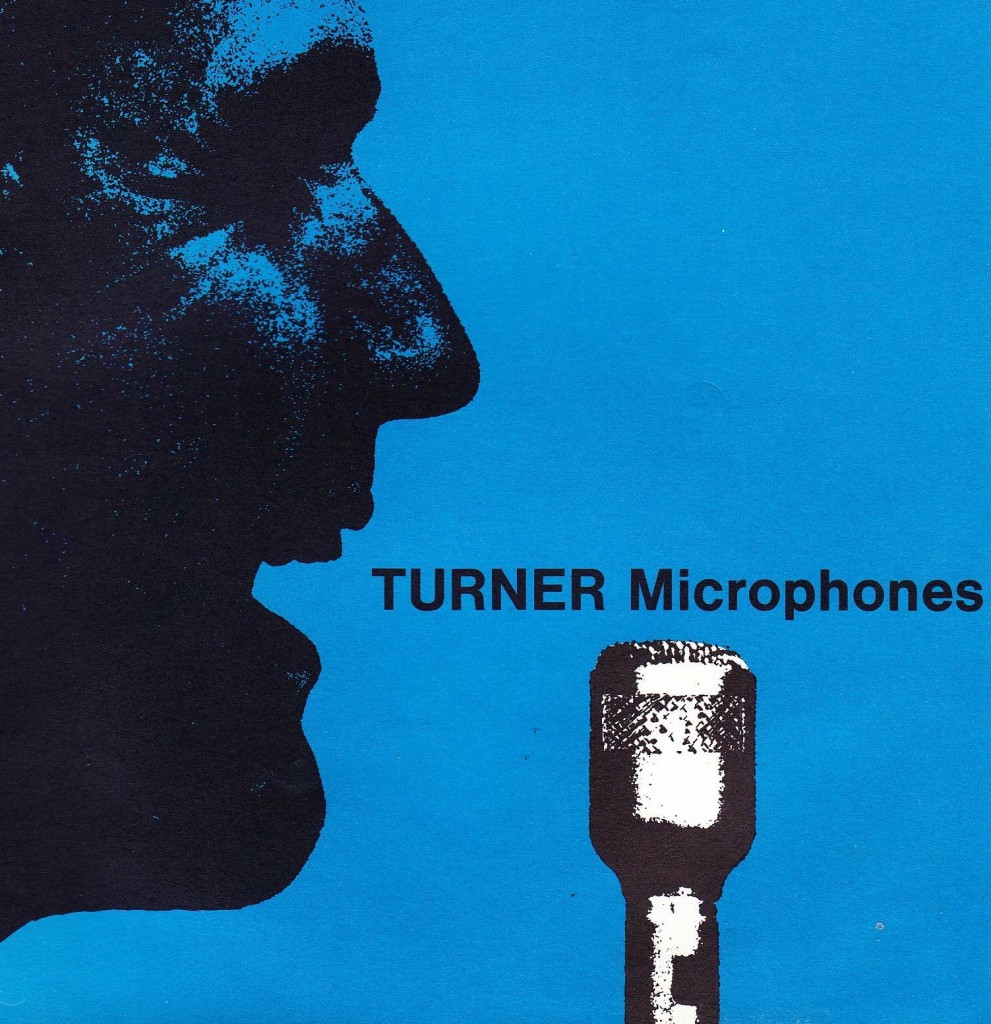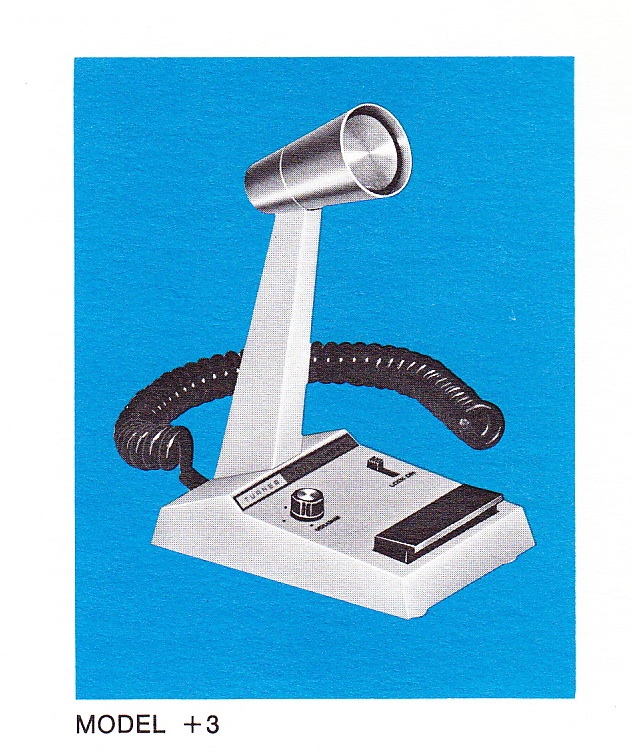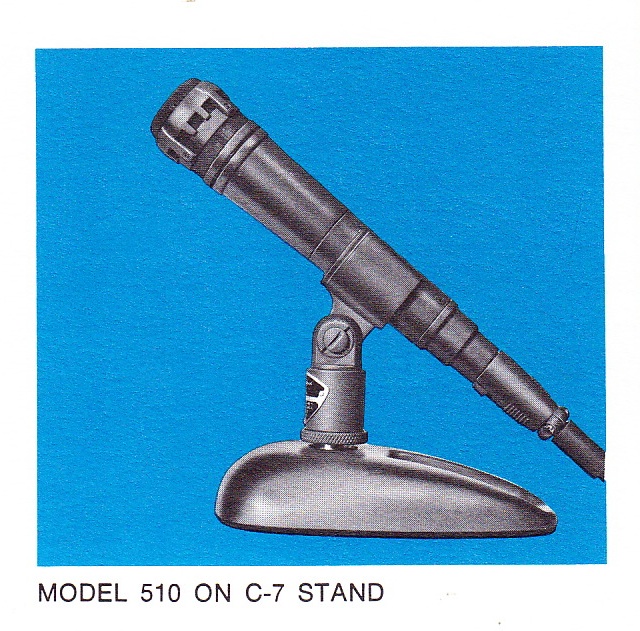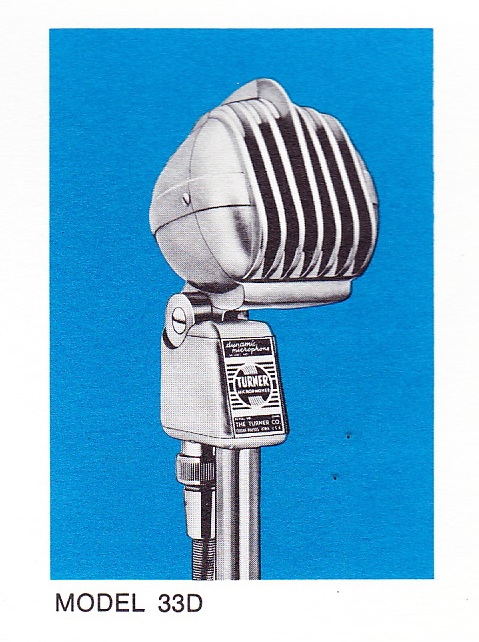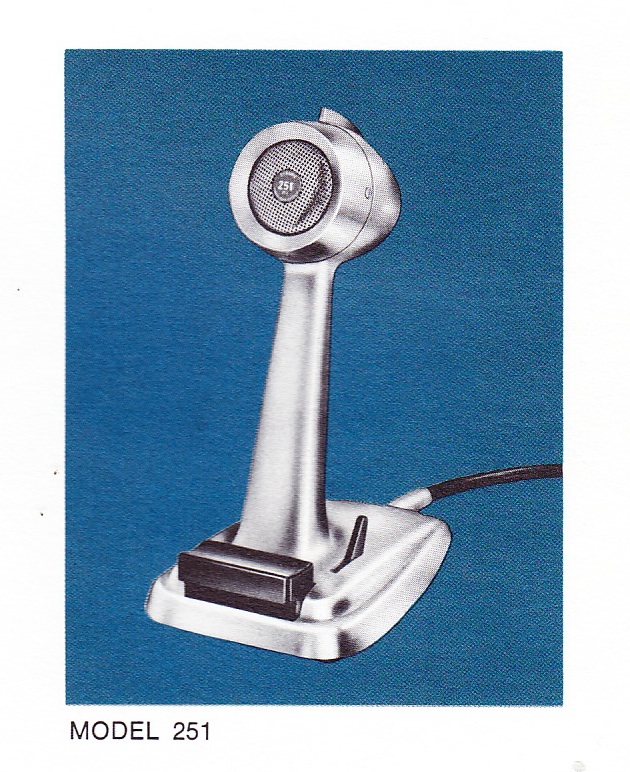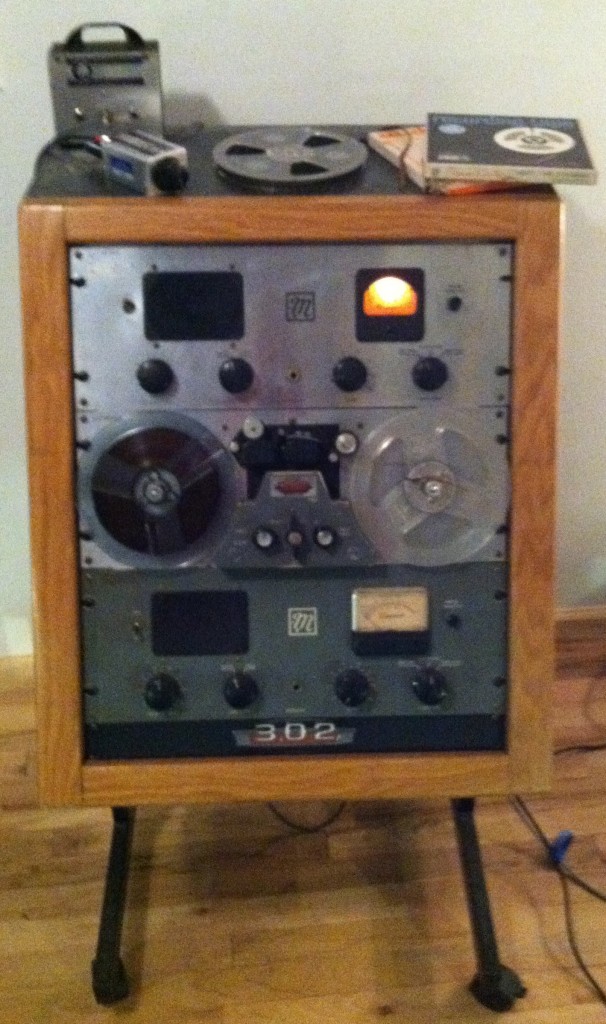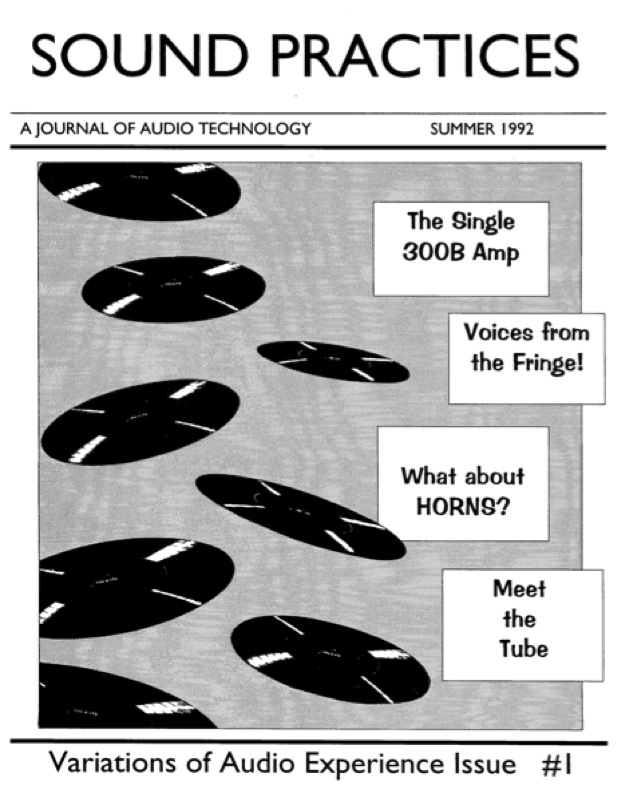 I was checking out this bro’s blog (or bros’ blog? lots of chick pics) recently and I came across an endorsement of the PDF version of Sound Practices magazine. I had never seen an actual issue of Sound Practices (it ceased publication a couple of years before I built my first tube amp), but I had read a few articles that had been put online, and I had encountered much discussion of it in various online chat groups. Seemed worth taking a look at. I purchased a $30 (delivered) CDR containing all sixteen issues as a giant PDF from eBay seller n5Kat. Not cheap, but all this scanning does take some time, plus the PDF has some useful navigation features built in.
I was checking out this bro’s blog (or bros’ blog? lots of chick pics) recently and I came across an endorsement of the PDF version of Sound Practices magazine. I had never seen an actual issue of Sound Practices (it ceased publication a couple of years before I built my first tube amp), but I had read a few articles that had been put online, and I had encountered much discussion of it in various online chat groups. Seemed worth taking a look at. I purchased a $30 (delivered) CDR containing all sixteen issues as a giant PDF from eBay seller n5Kat. Not cheap, but all this scanning does take some time, plus the PDF has some useful navigation features built in.
Anyhow… it arrived and $30 well spent. You can see a list of some of the various articles contained within at this link. Sound Practices is aimed squarely at enthusiasts of vintage hi-fi, experiementers, and hobbyist builders, rather than the much more electrical-engineering-oriented Audio Amateur/Audio Electronics, another publication from the same period which frankly tends to confuse me half the time. Let’s put it this way,,, there’s not a lot of math in Sound Practices.
So what’s the point. If you’ve read this far in this post, you are likely one of my regular readers, and if you managed to make it back several times to this fairly niche website, I am pretty sure you would dig Sound Practices. Still available for $30, world-wide shipping included, on eBay.
On a closing note… an unexpected bonus for me was discovering that one of my favorite writers on the subject of vintage audio-gear was a regular contributor. I refer to one Vincent Gallo. I’ll end with a bit from his first piece in the zine, surprisingly free from the (albeit hilarious) hostility that usually marks his writing: what follows truly gets to the heart of why-antique-audio-equipment-matters, as well as a fundamental relationship between sound on the one hand and audio on the other:
